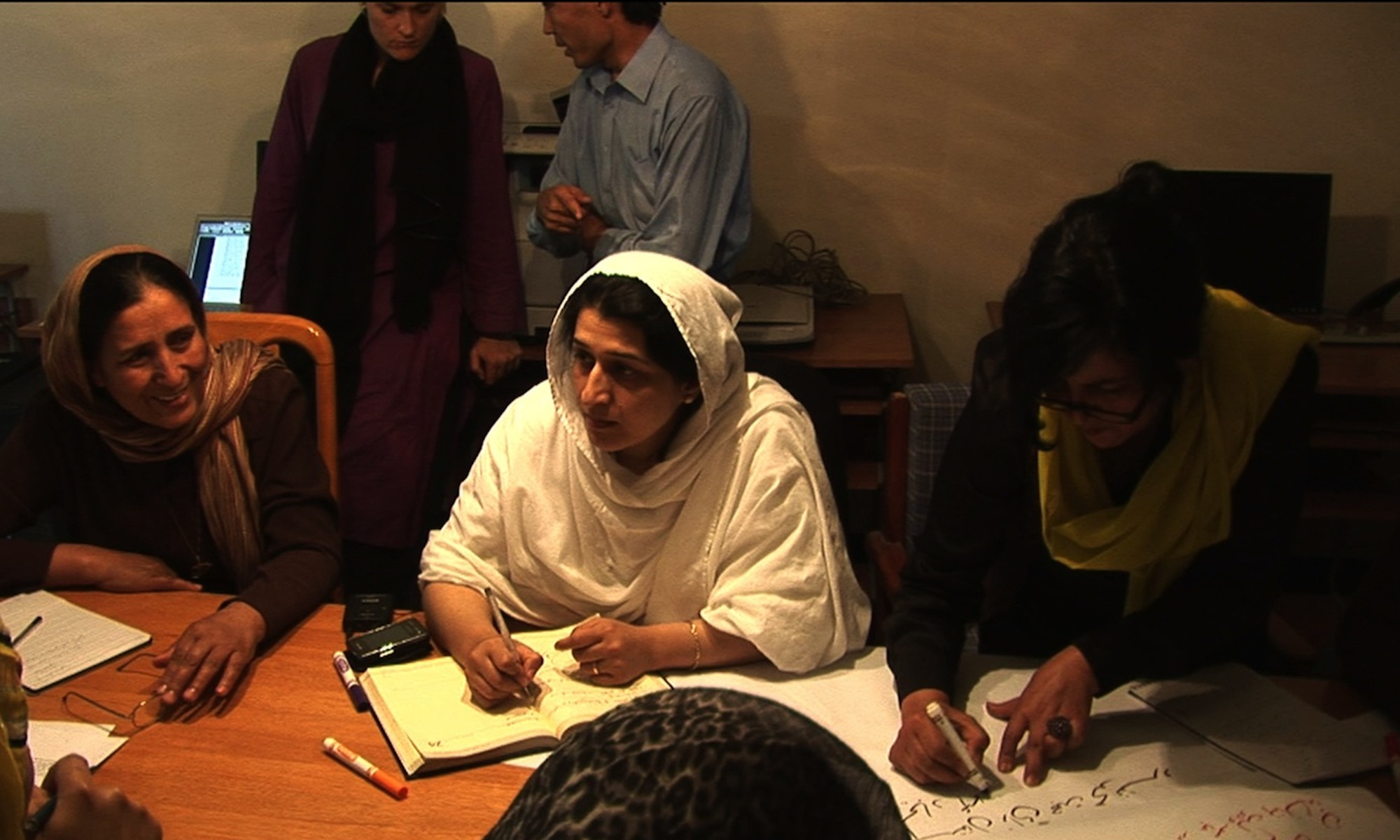This article explores the complex relationship between disarmament, demobilisation and reintegration of ex-combatants (DDR) and transitional justice. While both DDR and transitional justice often operate simultaneously, neither process has traditionally been designed with the other in mind. In fact, they are often in tension or competition, pursuing competing demands and potentially drawing on the same scarce donor pools. While scholars and practitioners of transitional justice have become somewhat attuned to the presence of DDR processes in countries emerging from conflict, and the challenges and opportunities they present for transitional justice, we observe that by comparison, it is only fairly recently that DDR policies, if not programmes, have begun to take account of the demands and practice of transitional justice. We argue that while the activities of DDR and transitional justice may often be in tension, in some instances they might be designed to operate in a more complementary fashion. However, for this to even be conceivable, it is essential that scholars and practitioners of each seek to understand the work of the other better.

INSCT Postconflict Research Database
The Institute for National Security and Counterterrorism's Postconflict Research Database & Analysis Project stores cross-indexed bibliographic information on hundreds of journal articles, books, book chapters, and case reports that address the broad, interdisciplinary fields of postconflict reconstruction, stabilization, and peacebuilding.
40 Replies to “DDR and Transitional Justice: Bridging the Divide?”
Comments are closed.